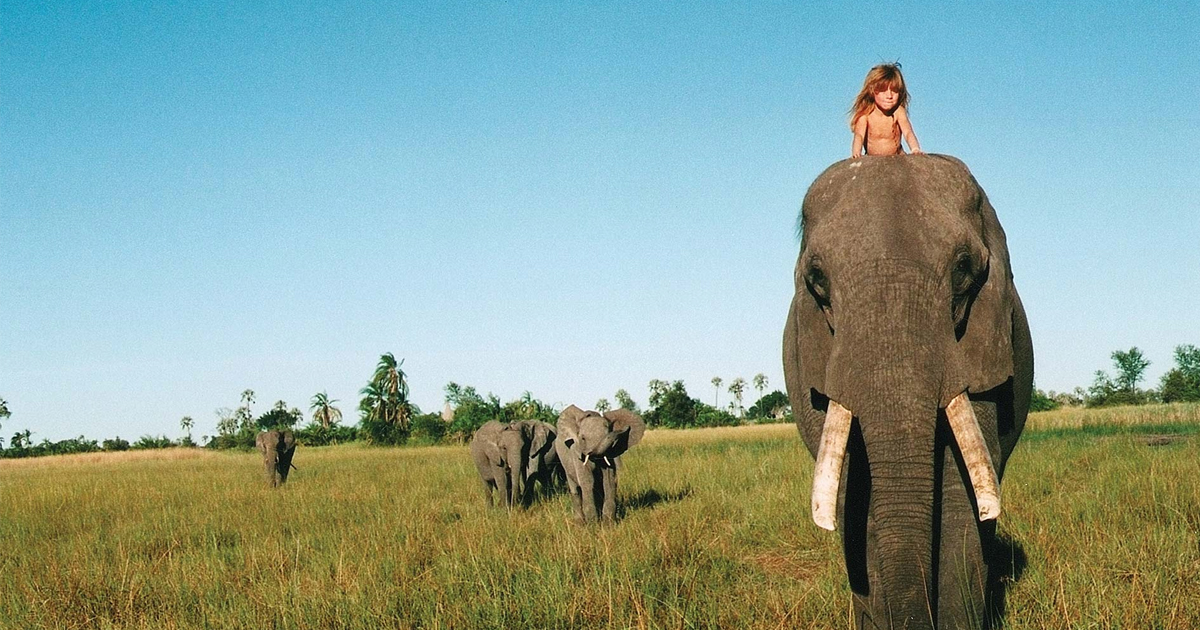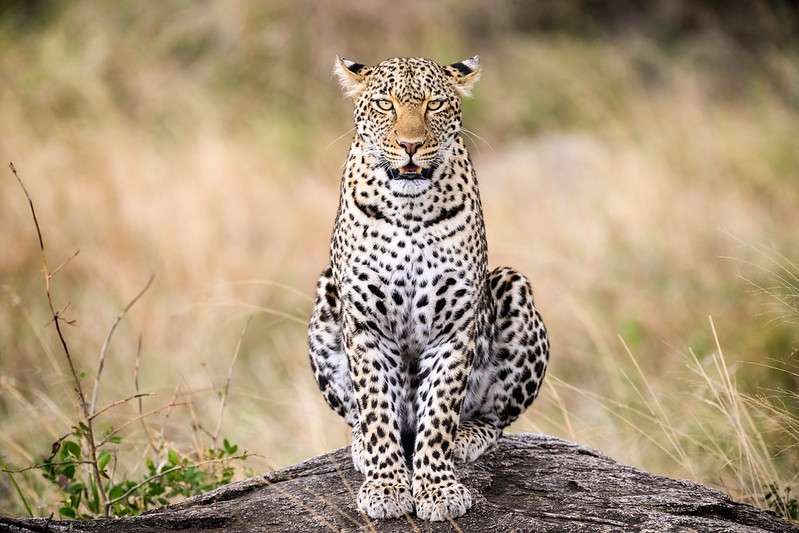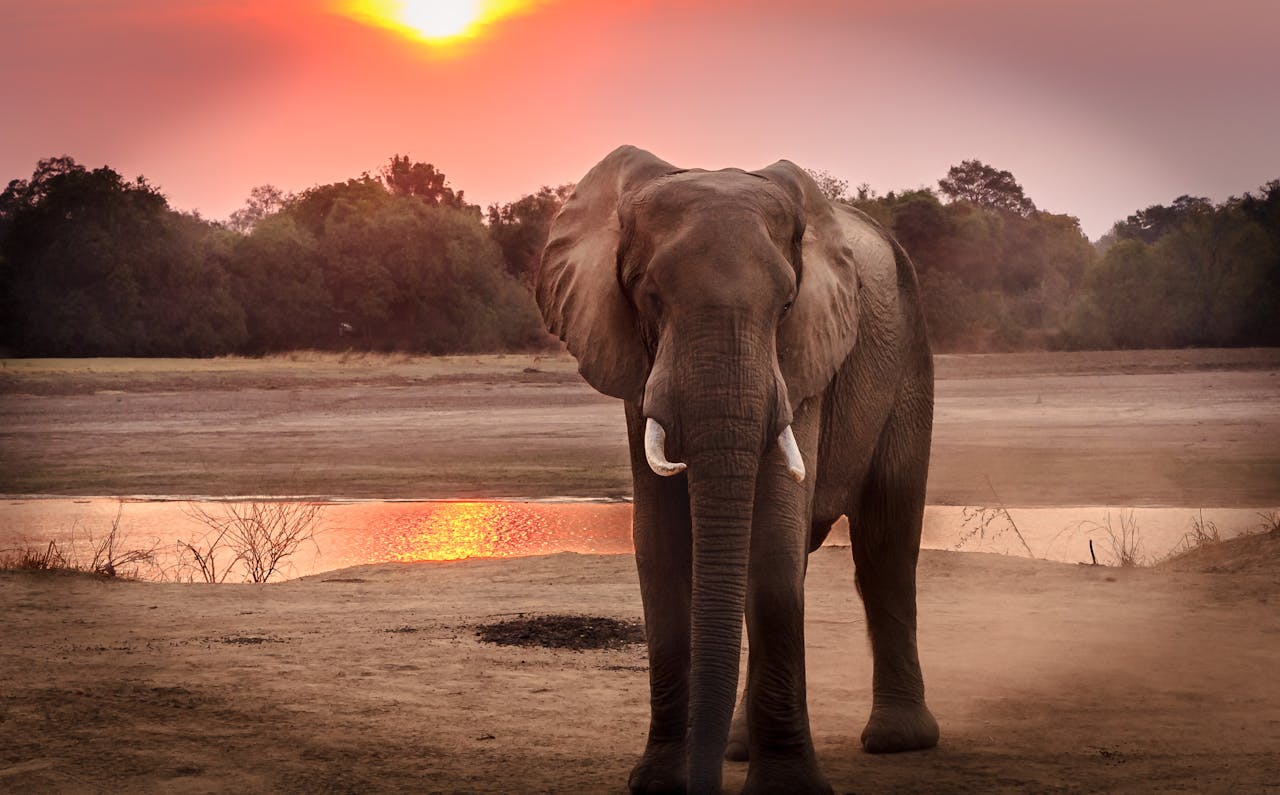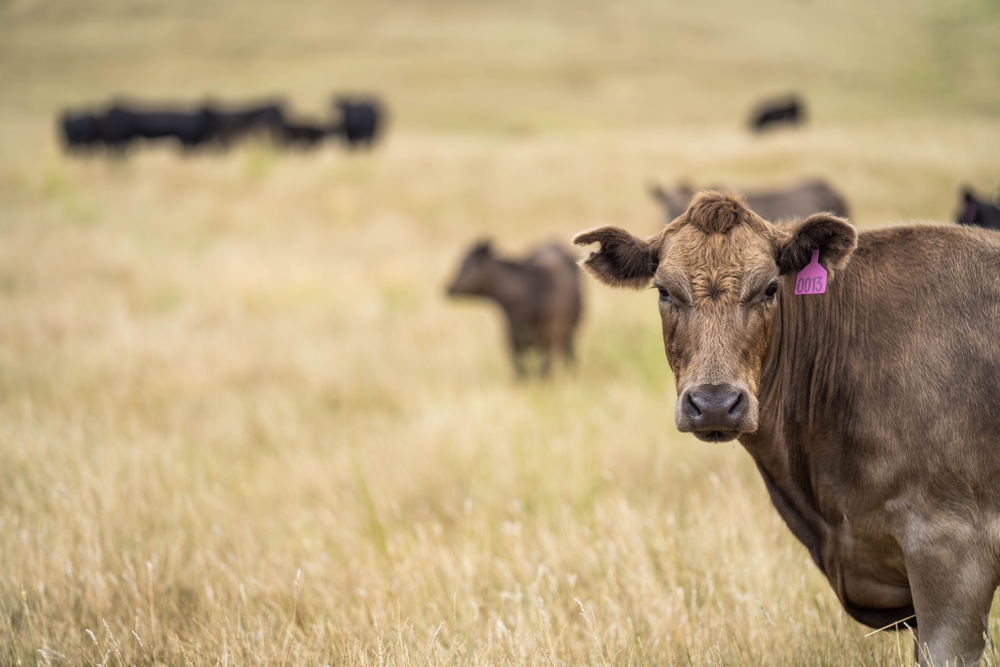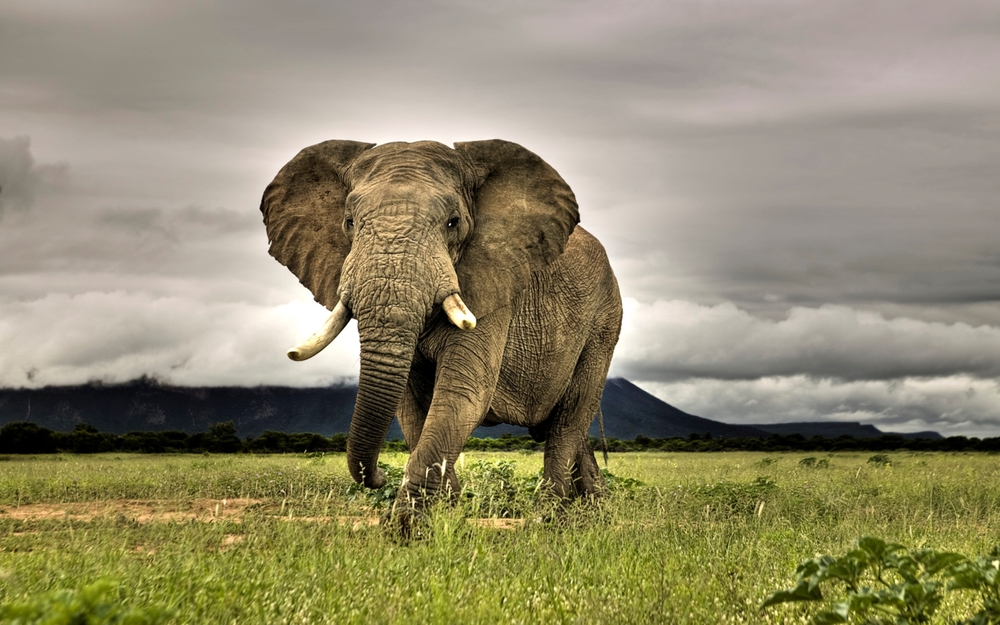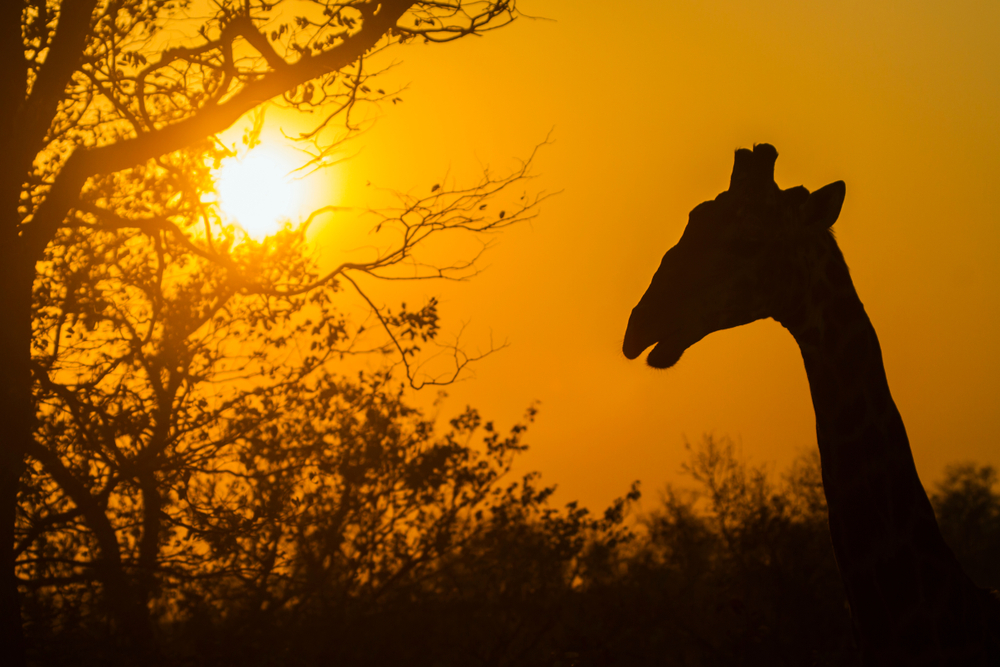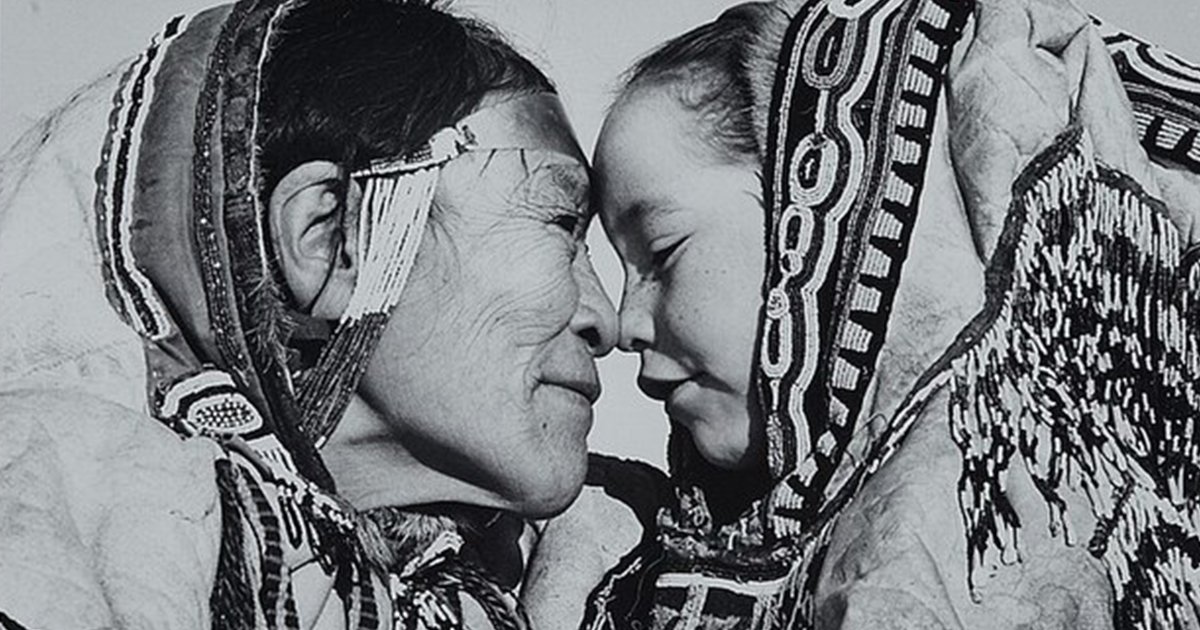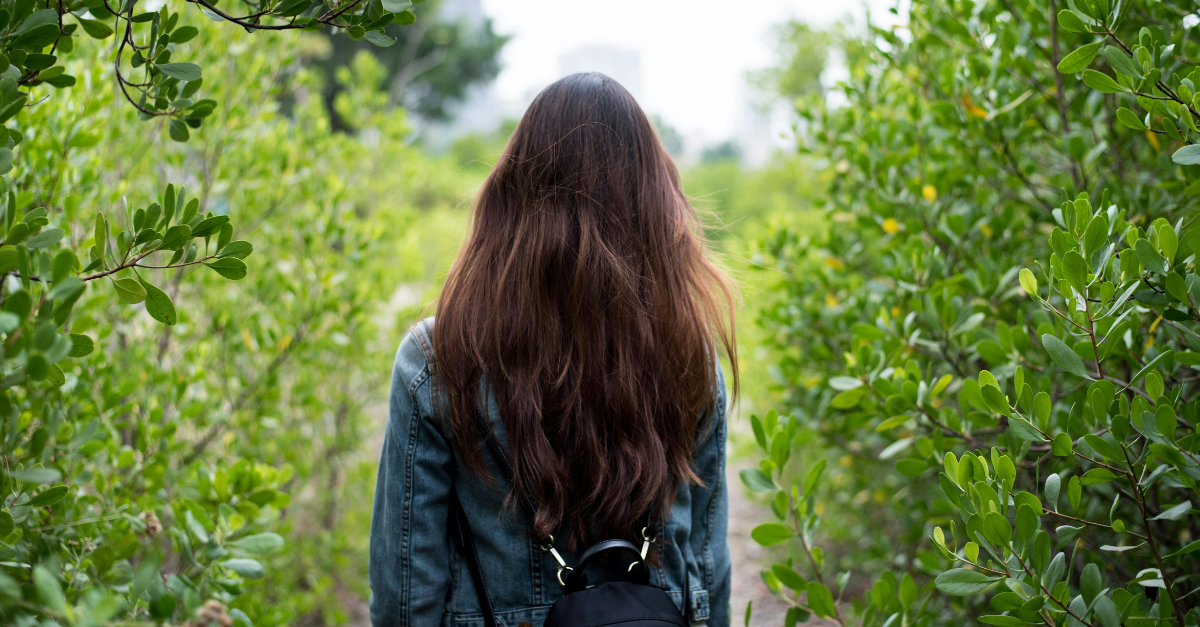The mighty jungle
Living in the African wilderness comes with all sorts of life-threatening risks. From predators like lions, leopards, and crocodiles looking for their next meals, to harsh weather conditions that bring on intense heat and sudden storms, even experienced wildlife professionals must always be on high alert and aware of their surroundings to stay safe. So then, how did a little girl manage to live among these dangers and make it out alive?

The girl who defied all the odds
Meet Tippi Okanti Degré, the little girl who lived with jungle cats, snakes, and elephants. Growing up, she overcame many challenges and obstacles to succeed in the African wilderness. Her parents played a big role in her success—they provided her with the knowledge and skills to connect with the natural world safely. But even with their guidance, there was just something innately special about Tippi that no amount of teaching could ever instill.
 Christian Crye, Le monde selon Tippi (1997)
Christian Crye, Le monde selon Tippi (1997)
One with the wild
She had a natural courage and understanding of animals allowed her to form strong bonds with them, viewing them as playmates rather than threats. Her parents' supervision combined with her remarkable ability to interact with wild animals allowed Tippi to thrive in a potentially perilous environment. This is her incredible story.
 Christian Crye, Le monde selon Tippi (1997)
Christian Crye, Le monde selon Tippi (1997)
"Real-life Mowgli"
Tippi has been dubbed the "real-life Mowgli," and it makes a lot of sense why. Born in 1990 in Windhoek, Namibia, she is the daughter of wildlife photographers and filmmakers Alain Degré and Sylvie Robert. Her family relocated to Africa for work, and they traveled extensively across Namibia, Botswana, South Africa, and Zimbabwe.
No cities or suburbias
From a very early age, Tippi grew up surrounded by nature. Her parents opted to settle in the thick of the African jungle rather than in cities or suburbias since it was just more convenient for their jobs. She spent most of her early years immersed in the wild, far from typical urban environments. For many years, the African wilderness was all she knew, and despite the unconventional nature of her upbringing, she managed to make it work.
 Christian Crye, Le monde selon Tippi (1997)
Christian Crye, Le monde selon Tippi (1997)
Explaining her middle name
Tippi's middle name seemed to hint that she was destined for greatness. She once explained: "My name is also Okanti, which means 'mongoose' in the Ovambo language, one of the Namibian tribe. It can seem like a strange idea to call your daughter 'mongoose,' even if the word "Okanti' sounds nice. It is, nevertheless, the beginning of my story."
A unique childhood
Tippi's parents documented her unique interactions with animals, and it seemed like every frame was a scene from a fairy tale. From a young age, Tippi connected with various wild animals, whether she was riding on ostriches, playing with lion cubs, or even befriending a 28-year-old elephant.
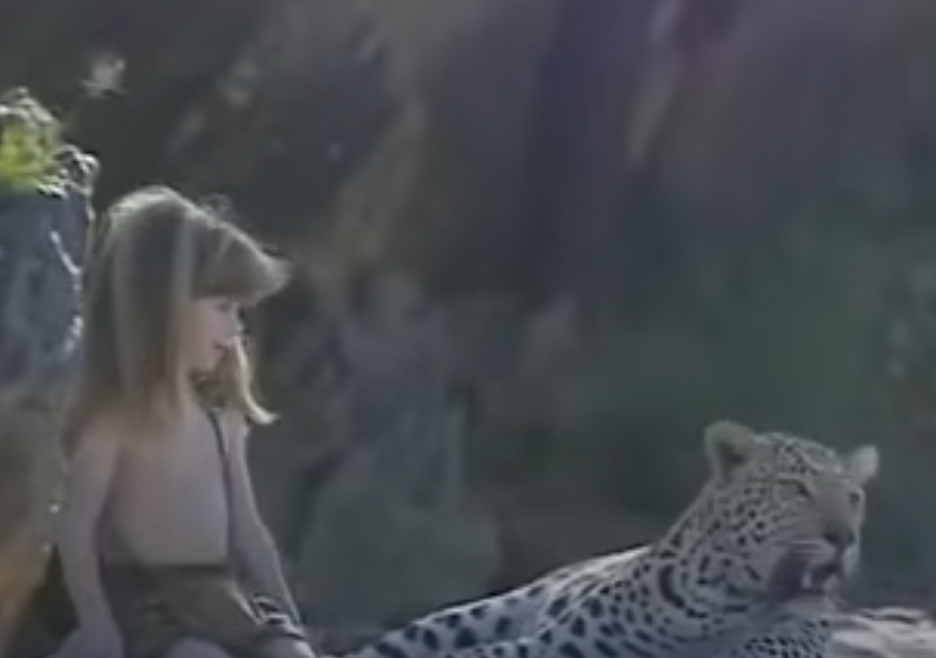 Christian Crye, Le monde selon Tippi (1997)
Christian Crye, Le monde selon Tippi (1997)
These animals were her friends, not her enemies
She considered these animals as her friends and equals, treating them with respect and empathy. Tippi's mother noted that she viewed the animals as if they were her size, and this may have allowed her to engage with them in ways that seemed daring to others but felt natural to her.
 Christian Crye, Le monde selon Tippi (1997)
Christian Crye, Le monde selon Tippi (1997)
Trascending language barriers
"I speak to them with my mind, through my eyes, my heart, or my soul," Tippi said. "I see that they understand and answer me."
It was more than just companionship
Tippi had a special bond with animals that went beyond companionship. She interacted effortlessly with cheetahs, zebras, giraffes, and snakes, and even had some encounters with leopards, one of the most dangerous jungle cats on Earth. Despite her young age, she showed a deep maturity and never took the nature around her for granted.
Abu the Elephant
Tippi formed a close bond with Abu, an African elephant, despite the obvious risks. Photographs show Tippi sitting on Abu's back or riding his trunk, which showed their strong connection. Her mother Sylvie remembers: "She had no fear. She did not realise she was not the same size as Abu the elephant. She would look into its eyes and speak to him.”
J&B the Leopard
Another notable friendship that she had was with J&B, who was a leopard. Her connection to J&B is very unusual because many experts have stressed the dangers involved in closely interacting with large felines. Nonetheless, Tippi was able to interact with J&B without getting eaten. It was like J&B felt at peace with her and trusted her like she was a young leopard herself.
Mufasa the Lion Cub
Tippi also had a strong bond with Mufasa, who was a youthful lion cub. Surprisingly, she was so at ease with Mufasa that she could even doze off next to him, occasionally placing her hand inside his mouth. The photos are quite mind-blowing, and they really put things into perspective—most kids grow up with a puppy, but Tippi grew up with a future king of the jungle.
Snakes and bullfrogs
Most people wouldn't dare go near a snake, but Tippi had no problem picking them up and even hugging them. She fearlessly approached pythons and other snakes, handling them with composure as captured on camera. Similarly, Tippi found fascination in bullfrogs and would often hold them, but they were typically the harmless type.
From the land to the water
She didn't only have moments with land animals, either. Tippi was brave enough to spend time with crocodiles, which is something not usually seen in children. Frequently, her parents observed her being near or touching these dangerous reptiles. They closely supervised her, but it was truly a miracle that the crocodiles didn't get aggresive towards her.
From the water to the skies
Birds, too, were a part of Tippi's upbringing. She particularly formed close bonds with ostriches, often riding on their backs or feeding them by by hand. She also bonded closely with African grey parrots, which are known for their intelligence and expert mimicry skills. Despite not being able to speak their "language," she was able to understand them clearly.
She even became friends with small critters
Tippi's early years involved many interactions with tiny animals. She played with meerkats, letting them climb on her shoulders and even rest next to her. Tippi was embraced by these tiny, social creatures as part of their group, which is a rare occurrence since wild meerkats can be aggressive to beings they don't know.
Life among the indigenous
In addition to her animal friends, Tippi also dedicated a considerable amount of time to interacting with native tribes of the reigion, like the San Bushmen and the Himba people. These communities received her and her family warmly, exchanging their wisdom and customs. Her experiences with these native trives gave Tippi a diverse cultural learning and a respect for various lifestyles, enhancing her knowledge of the world.
Lessons from the San Bushmen
The San Bushmen, one of the most ancient ethnic groups in Africa, are famous for their remarkable tracking abilities and extensive knowledge of the terrain. Tippi devoted a lot of time to the San Bushmen, studying their survival skills such as tracking animals, sourcing water, and recognizing edible plants.
She didn't have school dances, but she still got to party
Tippi also immersed herself in San Bushmen culture by learning their dances and participating in community events. It was during these events that she learned about the importance of traditions.
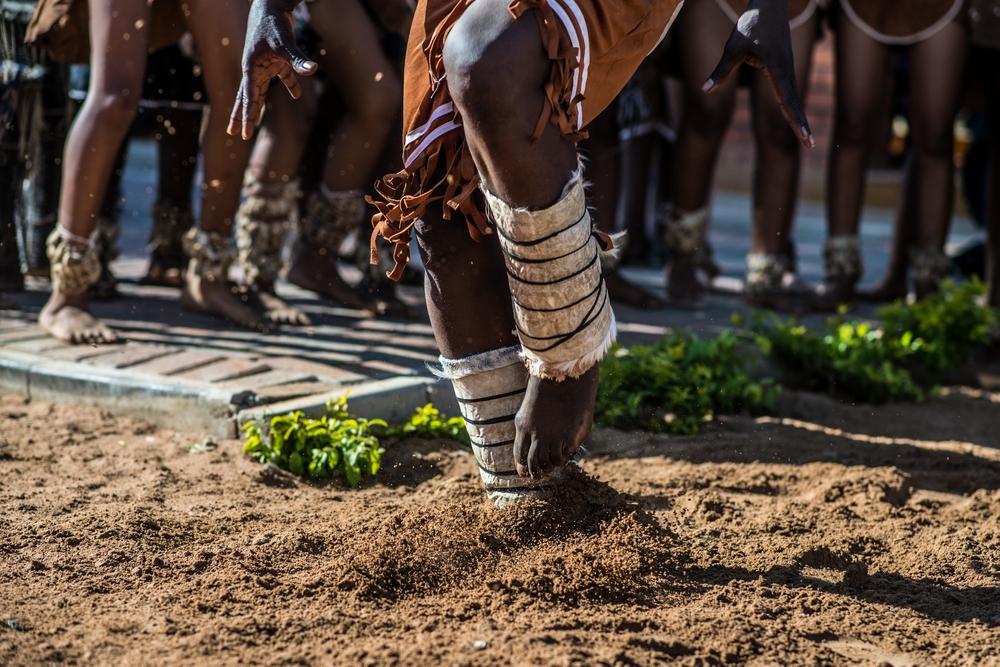 LawrenceTsaoneBahiti, Shutterstock
LawrenceTsaoneBahiti, Shutterstock
Lessons from the Himba tribespeople
The Himba people, who are a semi-nomadic tribe in Namibia, also had a significant impact on Tippi's early years. Recognized for their unique red ochre body paint and eye-catching hairstyles, the Himba people uphold a traditional way of life that is deeply intertwined with the natural world.
She became a natural farmer
An important achievement she had while staying with the Himba was gaining knowledge of their livestock care and pastoral traditions. Tippi watched and occasionally assisted in the driving of cows and goats, learning the significance of these animals in the Himba's culture. The experience also further strengthened her natural ability to care for animals, both wild and domesticated.
Tippi's life caught the public eye
Tippi's extraordinary life garnered global media attention thanks to her parents sharing her footage. The 1997 film "Le Monde Selon Tippi" showcased her incredible interactions with African wildlife, and she followed that with her own book series called "Tippi: My Book of Africa," which detailed her adventures.
 Martin Mecnarowski, Shutterstock
Martin Mecnarowski, Shutterstock
A Discovery Channel star
In 2004, Tippi hosted a six-part wildlife documentary series for the Discovery Channel, sharing her distinct outlook on wildlife and environmental preservation with a wider audience. The crazy part? She was only 13 years old when she was offered this project.
"Around the World with Tippi"
Jean-Pierre Dutilleux and Tippie's mom Sylvie Robert produced a series on Discovery Kids tracking Tippi's journeys investigating animal environments and interacting with indigenous communities. The show aimed to educate young viewers on the natural world's diversity and conservation. Tippi's unique childhood, interactions with animals, and admiration for indigenous cultures was an instant hit with audiences.
The Kenya trip
An important moment in the series was when Tippi traveled to Kenya, where she engaged with conservationists and discussed initiatives to protect vulnerable species. She also visited places such as India and Thailand, highlighting different ecosystems and the difficulties they encounter in terms of wildlife preservation efforts. The series combined breathtaking wildlife footage with Tippi's own experiences and reflections, and her viewpoints were always admirable and educational.
Still, her life was not without controversy
Although Tippi's story was captivating, it still had its fair share of controversy. Critics doubted if it was safe or ethical to let a child have such intimate encounters with possibly hazardous animals. Concerns were brought up regarding the potential dangers of letting a little girl near such dangerous creatures, and whether such interactions could influence other kids to participate in similar risks.
There were mixed reactions to her film
Her biggest critics argued that even if humans are familiar with wild animals, they still remain unpredictable and could lash out at any time. The sight of Tippi riding an ostrich or playing with a leopard elicited mixed reactions of amazement and unease.
The positive side
One viewer said, "This child grew up loving and understanding nature and the mysteries of life. More education than a book can teach you. With help and time, she can learn to communicate with humans as well. Don't judge her parents harshly; they gave her a life long experience she will always treasure."
The negative side
"I'm all for being one with nature. I LOVE nature...but I also recognize that many animals are dangerous. They are wild—their instinct for preservation means they eat to survive. I'm a parent, but I could never expose my daughter to these dangers. This is one very lucky little girl; if her 'playmates' were truly hungry, she'd have been lunch," said another viewer.
The ethics behind filming native tribes
Additionally, there were ethical issues regarding the way indigenous people were depicted. Some people believed that recording and sharing the experiences of the San Bushmen and Himba people, especially from the perspective of a young outsider, might be viewed as exploitative or oversimplified. It brought up concerns regarding the approval and representation of these groups in a manner that honors their self-respect and independence.
Expanding our worldview
At the same time, many people praised the film for showcasing the beauty of these native tribes. Rarely do they get the chance to share with the world what they have to offer, and Tippi's film allowed everyone to see the world through their eyes.
Her parents' response to backlash
Tippi's parents, Alain and Sylvie, justified their decisions by highlighting their many years of experience and expertise in dealing with animals. They felt they approached her parenting in a way that still guaranteed Tippi's well-being. They emphasized how Tippi's experiences were educational and how she had a special chance to coexist with nature, which significantly influenced her appreciation and awareness of the environment.
Pursuing higher education
After spending her childhood in Africa, Tippi relocated to France to study cinema and audiovisual arts. Her dedication to wildlife and conservation stayed unwavering, and she continued her her work in this area. She quickly became engaged in projects focused on protecting the environment and wildlife, often serving as a speaker on these subjects.
It was a rough time in her life
Tippi attended a local state school for two years, but her parents had to pull her out of the program because she had difficulty adjusting to life in Paris. She particularly found it challenging to connect with other children, and some of them even teased or bullied her for being different.
"El Petit FICMA"
Recently, Tippi held the position of director for "El Petit FICMA," which is the children's division of the FICMA International Environmental Film Festival in Barcelona. She remained dedicated to promoting environmental education and awareness on this platform, motivating the future generation to protect the planet and its living beings.
Today, Tippi prefers to live a private life
Tippi Degre, who's all grown up now, likes to keep things low-key. After getting famous for growing up in the African wilderness, she decided to live a more private life away from the media. We don't know much about what she's been up to lately or what she does for work.
But one thing's for certain...
Tippi never "grew out" of her love of nature. That wild curiosity and pure heart that allowed her to live freely among the animals is something that will stay with her forever, no matter how old she gets. Her unique upbringing still impacts her today, as well as all of the people she's inspired with her life story. She continues to stay close to her roots, with her goals still fixed on saving our planet.
How you can get involved
Getting involved in wildlife preservation and environmental conservation can be really satisfying and make a big difference. It all starts with education—learning about environmental issues and endangered species turns you into a voice for conservation. Volunteering is another great way to get hands-on. You can help restore habitats, monitor wildlife, or educate communities. Puttachat Kumkrong, Shutterstock
Puttachat Kumkrong, Shutterstock
Donations are always appreciated
Donating money is crucial, too. It funds research, education, and other important programs that keep conservation efforts going strong. Numerous organizations like WWF, WCS, AWF, The Nature Conservancy, and Defenders of Wildlife are dedicated to global animal and habitat protection. 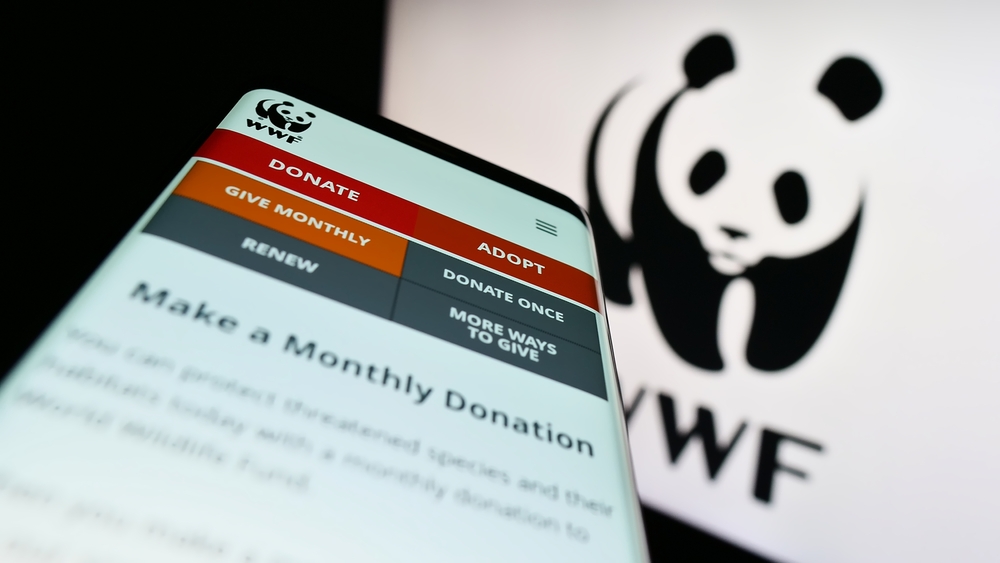 T. Schneider, Shutterstock
T. Schneider, Shutterstock
They need your help
They focus on conservation, research, community involvement, and advocacy. WWF is known for its global conservation efforts, while WCS operates in around 60 countries. AWF works with African communities to conserve species. Donations to these groups support important wildlife conservation projects and advocacy work.
Always do your best to live sustainably
One of the biggest lessons that Tippi has taught us is that lving sustainably is a big part of it all. Saving water by fixing leaks and using water-efficient appliances, and conserving energy through practices like turning off lights when not in use or using renewable energy sources, all contribute to reducing your environmental footprint.

